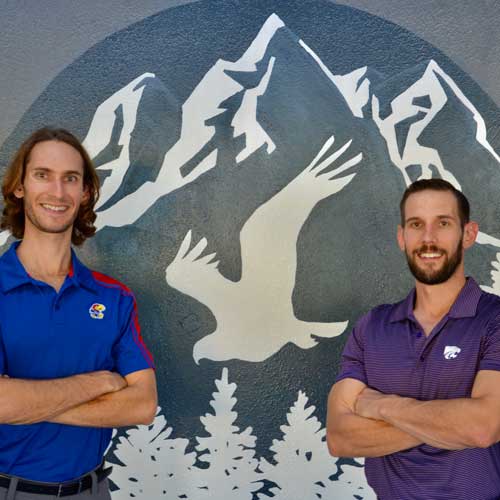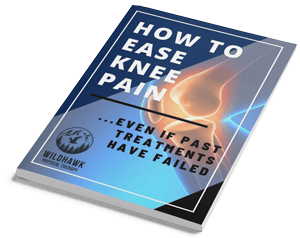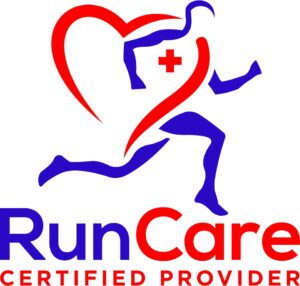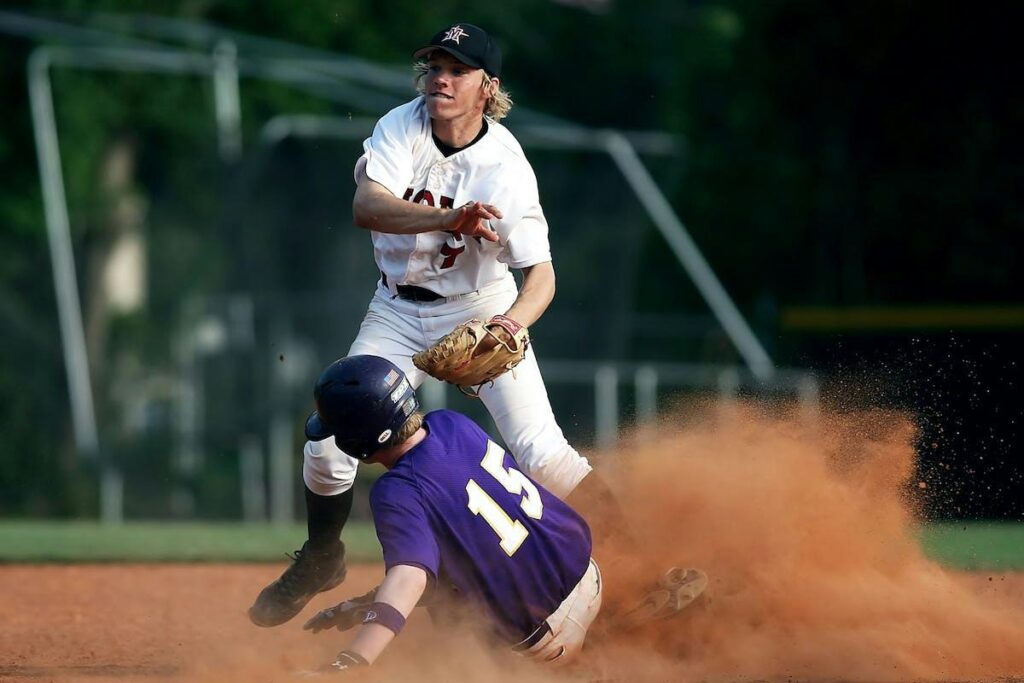
Introduction
Welcome to another informative blog post from WildHawk Physical Therapy. In this article, we’ll explore the challenges that baseball players often face—overuse injuries. Baseball is a demanding sport that requires repetitive motions and intense training. Understanding the intricacies of overuse injuries is crucial for players, coaches, and healthcare professionals alike. From the mechanics of the baseball throw to the fine details of common overuse injuries, we’ll delve into the world of baseball-related injuries, prevention strategies, and effective management.
The Mechanics of the Baseball Throw
Before we dive into the details of overuse injuries, let’s dissect the mechanics of the baseball throw:
- Pitching Motion: The act of pitching involves a complex sequence of movements, including wind-up, stride, arm cocking, acceleration, release, and follow-through. Each phase places unique demands on the shoulder, elbow, and other joints.
- Repetitive Stress: Baseball players, particularly pitchers, engage in repetitive throwing motions, subjecting their shoulders and elbows to considerable stress. The cumulative effect of these repetitive stresses can lead to overuse injuries over time.
Common Overuse Injuries in Baseball Players
Understanding the specific overuse injuries that afflict baseball players is essential for effective prevention and management:
- Rotator Cuff Tendinitis: The rotator cuff is a group of muscles and tendons that surround the shoulder joint. Overuse can lead to inflammation and irritation of these structures, resulting in tendinitis.
- Ulnar Collateral Ligament (UCL) Injuries: Commonly known as Tommy John injuries, UCL injuries occur when there is excessive stress on the ulnar collateral ligament, often seen in pitchers.
- Labral Tears: The labrum is a ring of cartilage that surrounds the shoulder socket. Repetitive throwing motions can cause tears in the labrum, leading to pain and instability.
- Medial Epicondylitis (Golfer’s Elbow): While often associated with golf, medial epicondylitis can affect baseball players, causing pain on the inner side of the elbow due to overuse.
- Little League Elbow: This term refers to various overuse injuries in the elbow commonly seen in young baseball players, particularly pitchers.
Risk Factors for Overuse Injuries
Identifying the risk factors associated with overuse injuries is crucial for developing targeted prevention strategies:
- Overtraining: Excessive pitching or throwing without adequate rest and recovery can increase the risk of overuse injuries.
- Poor Mechanics: Inefficient throwing mechanics can place undue stress on the joints, contributing to the development of overuse injuries.
- Inadequate Warm-Up and Conditioning: Insufficient warm-up and conditioning routines can leave muscles and joints vulnerable to injury during play.
- Pitch Count and Rest Periods: Adhering to pitch count recommendations and incorporating proper rest periods between pitching sessions is essential for injury prevention.
Preventing Overuse Injuries in Baseball Players
Effective prevention strategies play a pivotal role in maintaining the health and longevity of baseball players:
- Pitch Count Limits: Establish and adhere to pitch count limits, particularly for younger players, to prevent excessive stress on the arm.
- Proper Conditioning: Implement a comprehensive strength and conditioning program to ensure that players are physically prepared for the demands of the sport.
- Mechanics Training: Work with coaches and trainers to refine throwing mechanics and ensure that players are using efficient and biomechanically sound techniques.
- Rest and Recovery: Incorporate adequate rest and recovery days into the training schedule to allow the body to heal and reduce the risk of overuse injuries.
Recognizing the Signs of Overuse Injuries
Early recognition of overuse injuries is crucial for prompt intervention and optimal recovery:
- Persistent Pain: Players should pay attention to persistent pain in the shoulder, elbow, or other joints during or after play.
- Decreased Performance: A decline in throwing accuracy or velocity may be indicative of an underlying overuse injury.
- Changes in Mechanics: Alterations in throwing mechanics may signal discomfort or compensation due to an overuse injury.
Managing Overuse Injuries: A Multi-Faceted Approach
When faced with overuse injuries, a comprehensive approach to management is essential:
- Rest and Modified Activity: Temporary rest from the specific activities that contribute to overuse is crucial. Modified training or activity may be implemented to reduce stress on injured areas.
- Physical Therapy: Physical therapists play a vital role in the rehabilitation process. They can develop individualized programs focused on strengthening, flexibility, and addressing biomechanical issues.
- Anti-Inflammatory Medications: Nonsteroidal anti-inflammatory drugs (NSAIDs) may be recommended to reduce inflammation and manage pain, but their use should be monitored under medical guidance.
- Orthopedic Consultation: In severe cases, an orthopedic consultation may be necessary to assess the need for surgical intervention, especially in conditions like UCL injuries.
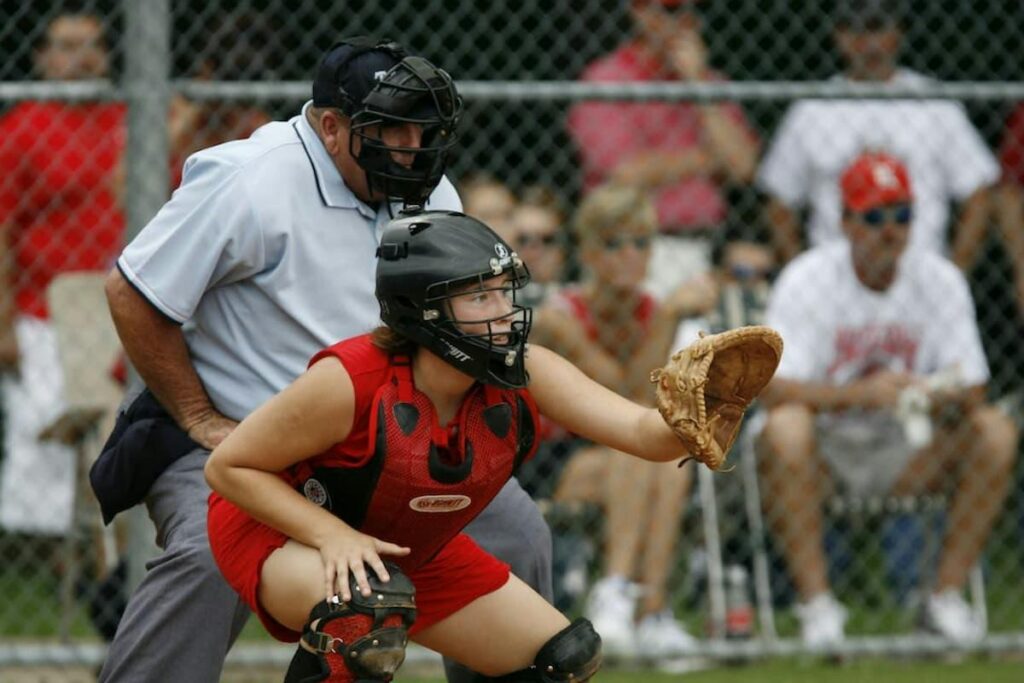
Returning to Play Safely
The journey back to the field after an overuse injury involves careful planning and monitoring:
- Gradual Return: Players should follow a gradual return-to-play protocol, gradually increasing intensity and volume under the guidance of healthcare professionals.
- Continued Monitoring: Ongoing monitoring of the player’s condition, including periodic assessments of strength, flexibility, and mechanics, is essential to prevent re-injury.
- Educational Programs: Coaches, players, and parents should engage in educational programs that emphasize injury prevention, proper training techniques, and the importance of communication regarding discomfort or pain.
WildHawk Physical Therapy – Your Partner in Overuse Injury Management
At WildHawk Physical Therapy in Asheville, NC, we understand the unique challenges that baseball players face when it comes to overuse injuries. Our team of experienced physical therapists is dedicated to providing comprehensive care, from injury prevention strategies to rehabilitation and safe return to play. If you or your team members are dealing with overuse injuries or looking to enhance injury prevention protocols, don’t hesitate to reach out to us for expert guidance and personalized care.
FAQ Section
Frequently Asked Questions:
- Q: Are overuse injuries common in baseball players?
A: Yes, overuse injuries are prevalent in baseball, particularly among pitchers, due to the repetitive nature of throwing motions. - Q: Can overuse injuries be prevented with proper training?
A: Yes, a comprehensive training program that includes strength and conditioning, proper mechanics, and adherence to pitch count guidelines can significantly reduce the risk of overuse injuries. - Q: How long does recovery from an overuse injury typically take?
A: Recovery time varies depending on the type and severity of the overuse injury. A customized rehabilitation plan, including physical therapy, can accelerate the healing process. - Q: When should a player seek medical attention for an overuse injury?
A: Persistent pain, decreased performance, or changes in throwing mechanics are signs that warrant medical attention. Seeking prompt evaluation can lead to effective intervention and prevent worsening of the injury.


